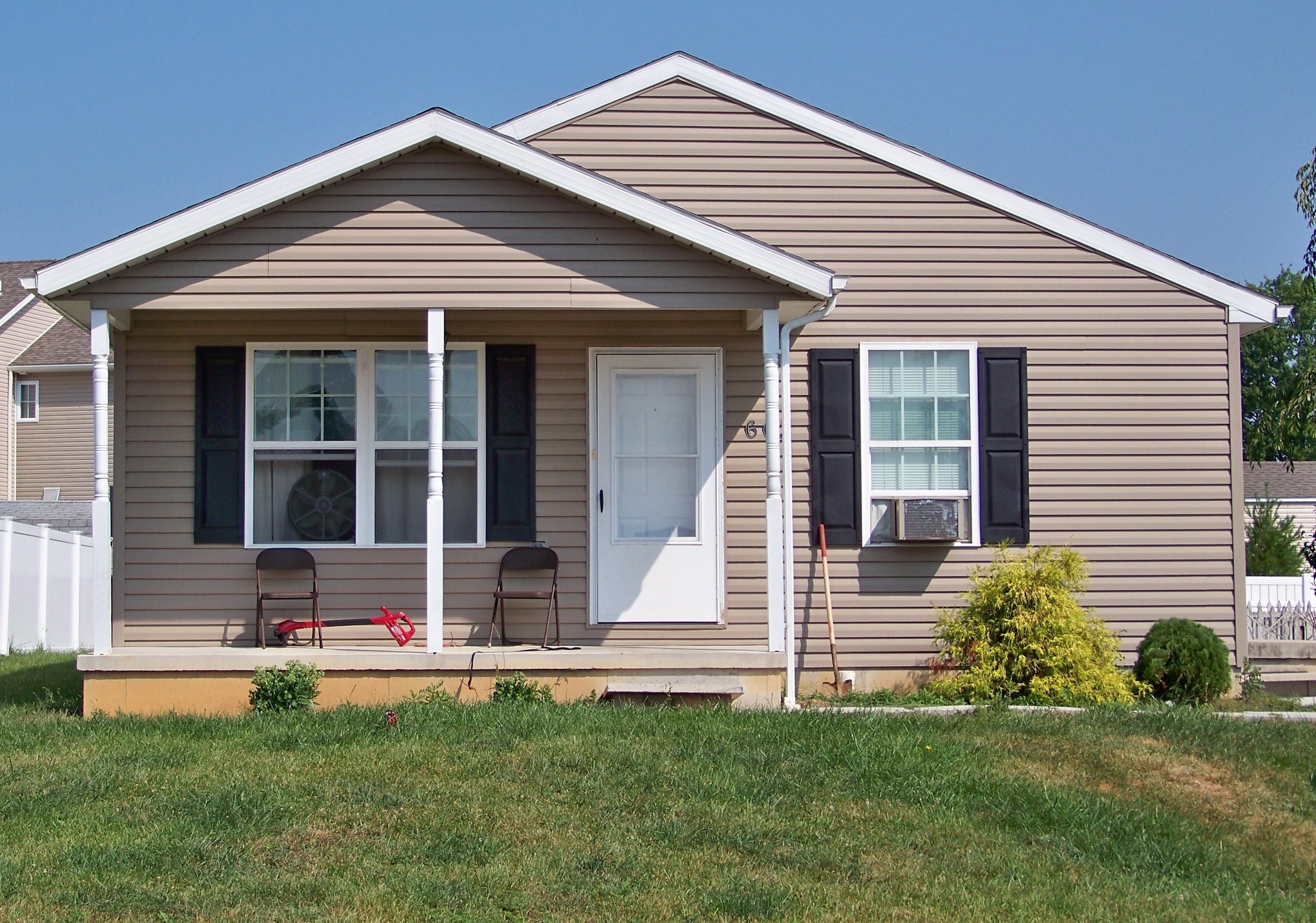A decent, affordable Habitat home.
2024 Applications are currently CLOSED
Please call our office or e-mail us at info@habitatfranklinpa.org if you would like to be notified when the application period is re-opened.
What are the qualifications for this program?
The following is a brief overview of the qualifications for our program and is provided for informational purposes only.
Have lived in, or been employed in Franklin County, PA for at least one year.
Current living conditions can be described as sub-standard.
Have never owned property before.
Can provide proof of reliable income.
Have a steady annual income within the limits set by HUD annually for Pennsylvania. (Click here for detail)
Willing to partner with Habitat For Humanity to provide 250 hours (200 for single) of “sweat equity” in the construction of our/my house or other approved activities.
Once applications are open again, the following needs to be provided to complete an application:
Proof of steady, reliable income as required.
Present and previous landlord. Name, address and telephone number.
Business references. Name, address and telephone number.
Copies of your last two checking and savings account statements.
Copies of your two most recent paychecks.
Copies of your two most recent income tax returns.
List of all current monthly expenses, including rent, electricity, child care, food, etc.
Name of all creditors, amount owed to each and the amount paid monthly.
Check or money order to cover the cost of a credit /background check. ($25.00 individual / $50 family)
Home Ownership
Habitat for Humanity builds decent and affordable homes around the world in partnership with families in need of a decent place to live. Habitat homebuyers help build their own homes alongside volunteers and pay an affordable mortgage.
Habitat for Humanity homes look different around the world to fit in with the many styles and traditions found in the communities where the houses are built. But no matter where they are built, all Habitat houses follow the same guiding principles:
Decent
Habitat houses are modestly sized. They are large enough for the homeowner family’s needs, but small enough to keep construction and maintenance costs affordable.
Habitat for Humanity uses quality, locally available building materials. Habitat home designs reflect the local climate and culture.
Affordable
The labor of volunteers and partner families, efficient building methods, modest house sizes, and no-profit loans make it affordable for low-income families to purchase Habitat houses.
Habitat houses in North America
Habitat houses in the United States and Canada are typically built using wood frame construction, Gypsum board interior walls, vinyl siding and asphalt shingle roofs.
U.S. and Canadian Habitat houses are modestly sized with three-bedroom houses typically not exceeding 1,050 square feet of living space.
Habitat houses around the world
Throughout the countries where Habitat for Humanity works, houses are designed for the local setting. Habitat builds with locally available materials by country, reducing costs and making it easier for homeowners to maintain the houses.
For example, houses in many African countries are constructed with fired clay bricks and tile roofs made of cement or fired clay. Houses in Latin America often are built with concrete block or adobe walls and metal roofs. Houses in the Pacific are often built with wood frames and are constructed on stilts.
People of different countries use their houses in different ways. Habitat’s house designs reflect these cultural considerations. Meals are cooked outdoors in many African countries; there, Habitat plans call for a kitchen area outside of the house. In the Philippines, laundry and other chores traditionally are done on a small outdoor utility porch, so house designs reflect this custom.
No matter where they are built, Habitat house sizes always are designed to meet the homeowner families’ needs while keeping costs as low and affordable as possible for low-income families.
